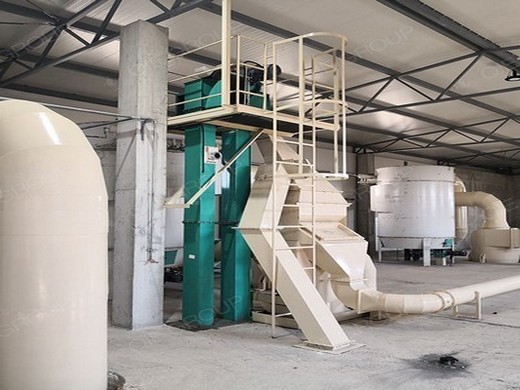the challenge of using palm oil mill effluent to generate electricity
The challenge of using palm oil mill effluent to generate
The challenge of using palm oil mill effluent to generate electricity. inevitably increase palm oil mill effluent (POME) as an inevitable by
Generating electricity from palm oil mill effluent (POME) could supply enough electricity to meet the needs of approximately 240,000 Indonesian households. Blog Blog Post. Generating Electricity from Biogas from Palm Oil Mill Effluent. April 25, 2024 The Millennium Challenge Account-Indonesia,
Palm Oil Companies Generate Electricity from Waste BPDP
PALM oil waste is has been approved to be useful for the benefit of the people. One most popularly known is it can be used processed into biogas to generate electricity. Biogas produced from palm oil mill effluent could potentially be used to support the state’s power grid
It is estimated that net profit of RM 3.8 million per year can be obtained in a palm oil mill with processing capacity of 60 tonnes/hr from electricity generation using biogas produced from POME treatment. This review paper will elaborate on the potential of POME as a source of renewable energy and the challenges faced by the palm oil mills in
Supporting Low Emission Development by Generating
) from palm oil mill effluent (POME) to produce electricity and reduce greenhouse gas (GHG) emissions from palm oil mills. The team also identifies the potential benefits of replicating these efforts at additional mills. The Millennium Challenge Account-Indonesia (MCA-I) implemented the
It is estimated that net profit of RM 3.8 million per year can be obtained in a palm oil mill with processing capacity of 60 tonnes/hr from electricity generation using biogas produced from POME treatment. This review paper will elaborate on the potential of POME as a source of renewable energy and the challenges faced by the palm oil mills in
Supporting Low Emission Development by Generating
) from palm oil mill effluent (POME) to produce electricity and reduce greenhouse gas (GHG) emissions from palm oil mills. The team also identifies the potential benefits of replicating these efforts at additional mills. The Millennium Challenge Account-Indonesia (MCA-I) implemented the
Electricity generation form pretreated palm oil mill effluent using Klebsiella Variicola as an inoculum in Microbial Fuel Cell 1Md. Amirul Islam, 1Maksudur Rahman Khan*, 2Abu Yousuf 1Woon Chee Wai, 1Chin Kui Cheng 1Faculty of Chemical Engineering and Natural Resources 2Faculty of Engineering Technology University Malaysia Pahang Gambang 26300, Pahang, Malaysia
THE POTENTIAL OF PALM OIL MILL EFFLUENT (POME) AS
This is a scale-down study of a 500-m3 methane recovery test plant for anaerobic treatment of palm oil mill effluent (POME) where biomass washout has become one of the problems because of the
these mills use a portion of the heat produced by hot gases from wood burning to extract the oil. The wet process is used by medium and large mills with capacities over 10 t/h FFB [2]. The milling process requires both steam and hot water for the oil extraction, which generates waste-water known as palm oil mill effluent (POME) [2].

Biomass Wastes from Palm Oil Mills BioEnergy Consult
In a typical palm oil mill, almost 70% of the fresh fruit bunches are turned into wastes in the form of empty fruit bunches, fibers and shells, as well as liquid effluent. These by-products can be converted to value-added products or energy to generate additional profit for the Palm Oil Industry.
Get Price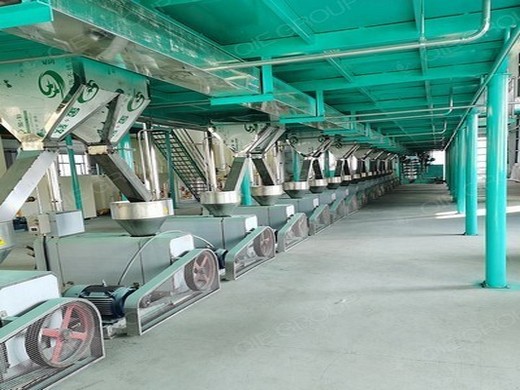
Electricity generation by Pseudomonas aeruginosa ZH1
Recent studies have shown that MFC is capable of utilising various types of wastewaters as the substrate for electricity generation. In view of this, the investigation on the feasibility of pure bacterial culture for electricity generation in a double-chambered MFC using final discharge palm oil mill effluent
Get Price
Properties and Uses of POME BioEnergy Consult
On average, for each ton of FFB (fresh fruit bunches) processed, a standard palm oil mill generate about 1 tonne of liquid waste with biochemical oxygen demand 27 kg, chemical oxygen demand 62 kg, suspended solids (SS) 35 kg and oil and grease 6 kg. POME has a very high BOD and COD, which is 100 times more than the municipal sewage.
Get Price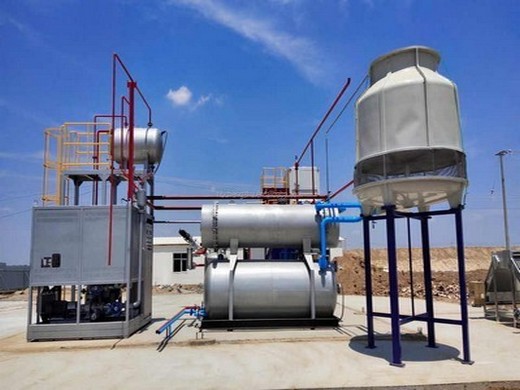
Waste to Electricity Generation in Thailand
A study investigated electricity which generated from organic waste in different technologies found that the cost of electricity varied from 0.097 to 0.115 $/kWh and the potential of CO2 reduction
Get Price
Biogas units generate electricity for Indonesian palm oil mill
The mill’s capacity is 60 t/h and processes an average of 285,000 tons of fresh fruit bunch per year. In addition to the crude palm oil extraction, Pelakar mill also processes kernel nuts. Biogas units generate electricity for Indonesian palm oil mill Siemens engines
Get Price
REDUCING CO2 EMISSIONS IN BIOMASS POWER PLANTS
The palm oil industry yields a tremendous amount of biomass waste, including fronds, trunks, mesocarp fibres, palm kernel shells, empty fruit bunches (EFB), and palm oil mill effluent (POME). This waste is a potential source for energy generation; however, only a small portion of it is currently used for steam and electricity generation [11–12].
Get Price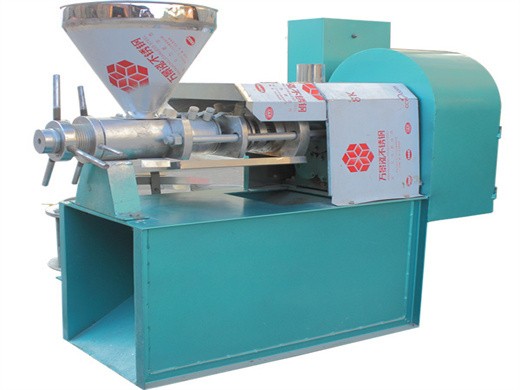
Biogas units generate power for palm oil mill
a Diesel generator for electricity generation. As for PKS Sei Tapung, the electricity generated will be exported to PTPN-V for downstream activities (e.g., empty fruit bunches pelletizing plant or palm tree trunk plywood plant) that would otherwise use diesel generators to Biogas units generate power for palm oil mill Siemens engines and gen-sets
Get Price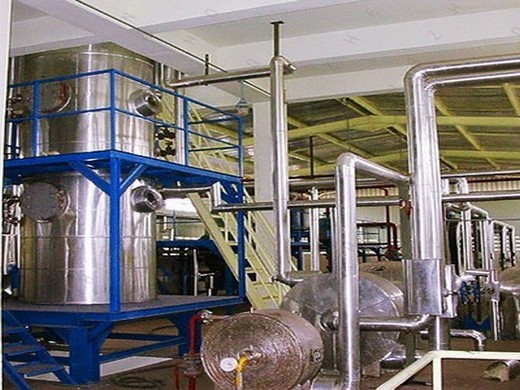
Establishing biogas plants to process Palm Oil Mill Effluent
Firstly, palm oil operations in Indonesia are generally self-sufficient in energy by using by-products (oil palm biomass) as energy feedstock to generate electricity. The biogas plant provides an alternative fuel to generate electricity, in addition to the current method of generating electricity.
Get Price
TREATMENT AND GENERATION OF ELECTRICITY FROM
Palm oil industries are the largest agricultural based industries in Malaysia and in processing palm oil, high pollutant liquid waste known as palm oil mill effluent (POME) is being generated. Currently, treatment of POME to meet the standard discharge limit and generate environmentally friendly renewable energy has become an
Get Price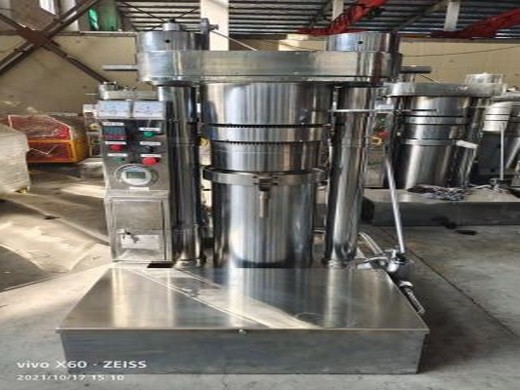
Electricity generation form pretreated palm oil mill
Electricity generation form pretreated palm oil mill effluent using Klebsiella Variicola as an inoculum in Microbial Fuel Cell 1Md. Amirul Islam, 1Maksudur Rahman Khan*, 2Abu Yousuf 1Woon Chee Wai, 1Chin Kui Cheng 1Faculty of Chemical Engineering and Natural Resources 2Faculty of Engineering Technology University Malaysia Pahang Gambang 26300, Pahang, Malaysia
Get Price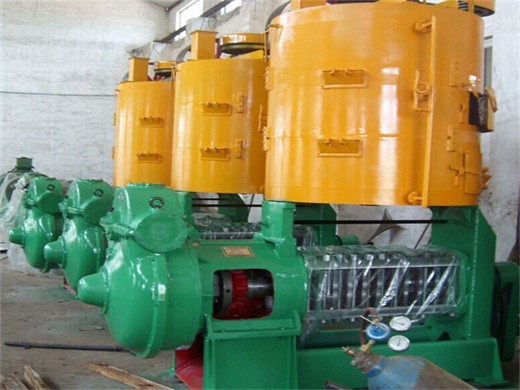
Utilization palm oil mill effluent for biogas using
The generation of palm oil mill effluent (POME) alongside with the production of crude palm oil has created an environmental issue for the palm oil mill industry in Indonesia due to its polluting characteristics. Indonesia as the largest producer of palm oil in the world has the perspective to generate additional benefits such as electricity by utilizing Palm Oil Mill Effluent (POME).
Get Price
Establishing biogas plants to process Palm Oil Mill Effluent
Firstly, palm oil operations in Indonesia are generally self-sufficient in energy by using by-products (oil palm biomass) as energy feedstock to generate electricity. The biogas plant provides an alternative fuel to generate electricity, in addition to the current method of generating electricity.
Get Price
The challenge of the oil palm: Using degraded land for its
The use of residues as fuel makes oil extraction plants self-sufficient in energy and produces surplus electricity. A large part of the plant nutrients can be recycled by composting empty fruit bunches, with palm oil mill effluent and ashes added. Smallholders contribute close to 50% of the palm oil
Get Price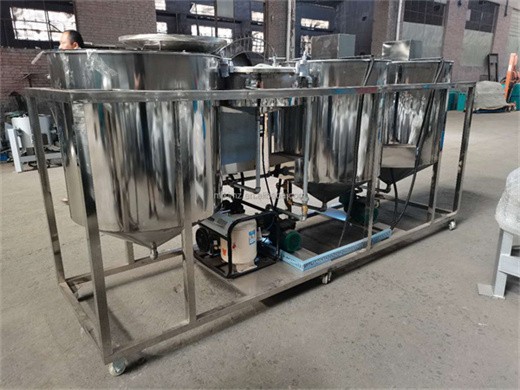
Transformation of Palm Oil Industry The New Oil and Gas
•Handling of Palm Oil Mill Effluent (POME) pg. 28 Challenges: • Inconsistent BOD at final discharge. • Difficulty to meet stringent effluent discharge limit imposed by authority. Evolution: • Introducing of continuously desludging system, advanced treatment system and total waste management system.
Get Price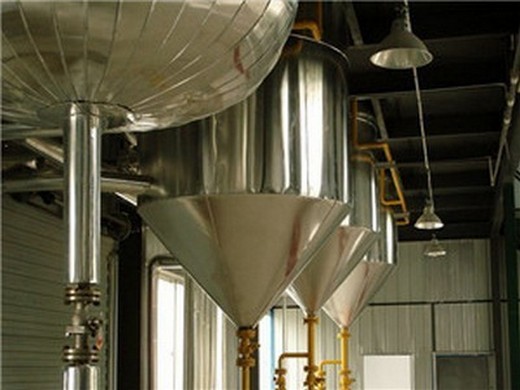
Utilization of Biogas Generated from the Anaerobic
The problems associated with aerobic treatment of palm oil mill effluent (POME) using a pond system are long retention time (90-120 days), large area required, high demand for and the rest will be fed to the grid. The electricity selling will generate revenue as much as US$ 699,067. 3 2 Map of the Project Figure 1 Map of the project
Get Price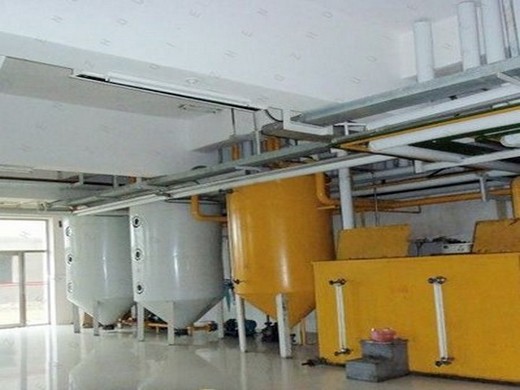
Properties and Uses of POME BioEnergy Consult
On average, for each ton of FFB (fresh fruit bunches) processed, a standard palm oil mill generate about 1 tonne of liquid waste with biochemical oxygen demand 27 kg, chemical oxygen demand 62 kg, suspended solids (SS) 35 kg and oil and grease 6 kg. POME has a very high BOD and COD, which is 100 times more than the municipal sewage.
Get Price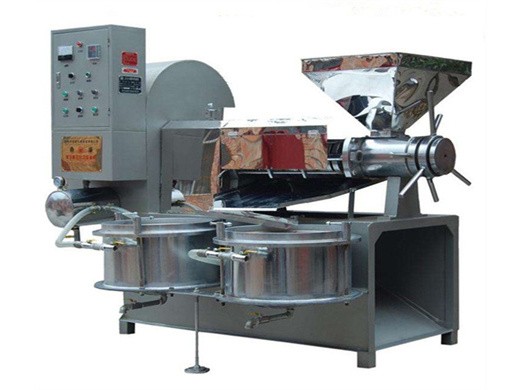
CHAPTER 3.0 RENEWABLE ENERGY POTENTIAL
Palm oil mills offer the greatest potential capacity of 365 MW and 3,197 GWh of electricity per year. Palm oil mill effluent (POME) also gave a significant contribution to the potential production capacity of 177 MW. Bagasse, is the waste from sugar cane that crushed for juice, and rice mills also have a small production capacity
Get Price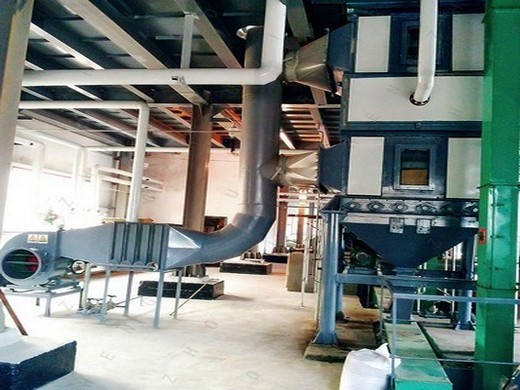
Palm oil mill effluent treatment and utilization to ensure
Using this value, integrating anaerobic co-composting of EFB-POME with a POME-based biogas digester at a palm oil mill with a capacity of 45 ton FFBs per hour is capable of adding 0.93 MW more electricity. Using this system, the palm oil industry produces higher energy, compost and liquid fertilizer, which is important to ensure the
Get Price
Methane Capture and Use Potential at Palm Oil Mills
palm oil producer in the world, current use of open lagoons for POME) • Viability of biogas projects Best option depends on mills characteristics: generate electricity for the mill or sell to the local grid (low- or medium-voltage) generate thermal energy in boilers • Need to bundle viable projects 23
Get Price
The Oil Palm Wastes in Malaysia IntechOpen
The palm oil mill is self-sufficient in energy, using waste fibre and shell as fuel to generate steam in waste-fuel boilers for processing, and power-generation with steam turbines. As an example, The Federal Land Development Authority (FELDA) palm oil mill in Sungai Tengi, Selangor, Malaysia, employs the standard oil extracting process [ 28 ].
Get Price
ENHANCEMENT OF PRODUCTION OF BIOGAS FROM
In addition to biomass, palm oil mills also generate large quantities of liquid wastes, known as palm oil mill effluent (POME), which due to its high biochemical oxygen demand (BOD), is required by law to be treated to an acceptable level before it can be discharged into a watercourse. About 0.7tonne of POME is
Get Price
TREATMENT AND GENERATION OF ELECTRICITY FROM
Palm oil industries are the largest agricultural based industries in Malaysia and in processing palm oil, high pollutant liquid waste known as palm oil mill effluent (POME) is being generated. Currently, treatment of POME to meet the standard discharge limit and generate environmentally friendly renewable energy has become an
Get Price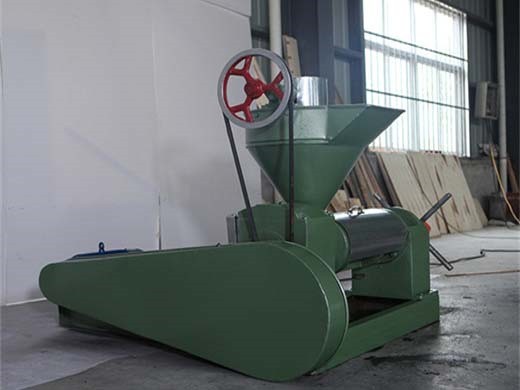
Bioelectricity Generation from Palm Oil Mill Effluent
Abstract: Palm oil mill effluent (POME) is an organic waste material produced at the oil palm mills. In its raw form, POME is highly polluting due to its high content of biological and chemical oxygen demand. In the present paper, POME was treated using double chamber
Get Price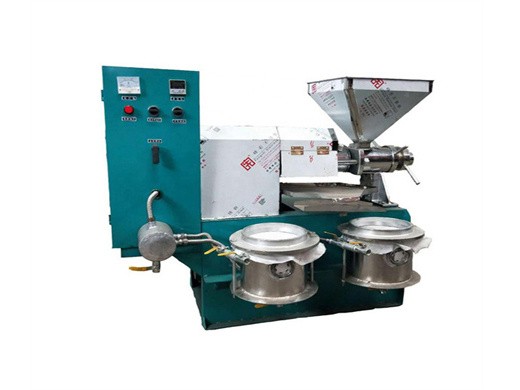
Palm oil mill effluent treatment and utilization to ensure
Using this value, integrating anaerobic co-composting of EFB-POME with a POME-based biogas digester at a palm oil mill with a capacity of 45 ton FFBs per hour is capable of adding 0.93 MW more electricity. Using this system, the palm oil industry produces higher energy, compost and liquid fertilizer, which is important to ensure the
Get Price
Utilization palm oil mill effluent for biogas using
The generation of palm oil mill effluent (POME) alongside with the production of crude palm oil has created an environmental issue for the palm oil mill industry in Indonesia due to its polluting characteristics. Indonesia as the largest producer of palm oil in the world has the perspective to generate additional benefits such as electricity by utilizing Palm Oil Mill Effluent (POME).
Get Price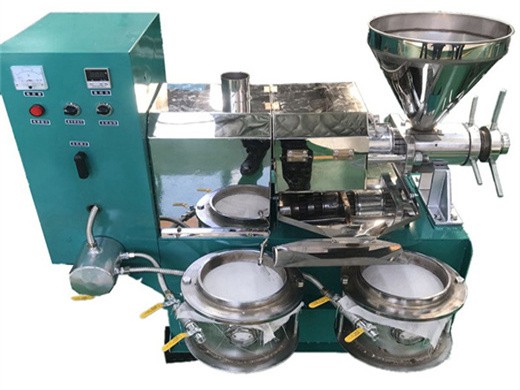
The challenge of the oil palm: Using degraded land for its
The use of residues as fuel makes oil extraction plants self-sufficient in energy and produces surplus electricity. A large part of the plant nutrients can be recycled by composting empty fruit bunches, with palm oil mill effluent and ashes added. Smallholders contribute close to 50% of the palm oil
Get Price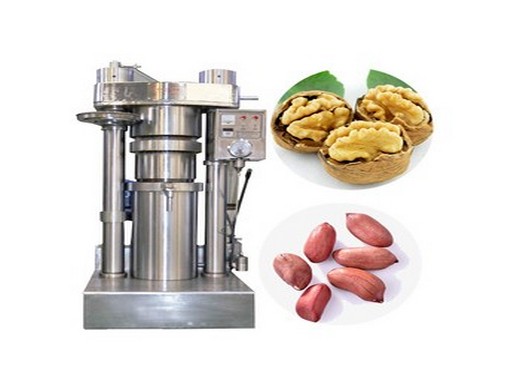
Transformation of Palm Oil Industry The New Oil and Gas
•Handling of Palm Oil Mill Effluent (POME) pg. 28 Challenges: • Inconsistent BOD at final discharge. • Difficulty to meet stringent effluent discharge limit imposed by authority. Evolution: • Introducing of continuously desludging system, advanced treatment system and total waste management system.
Get Price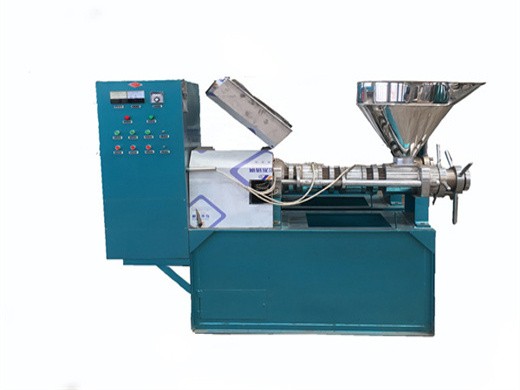
Properties and Uses of POME BioEnergy Consult
On average, for each ton of FFB (fresh fruit bunches) processed, a standard palm oil mill generate about 1 tonne of liquid waste with biochemical oxygen demand 27 kg, chemical oxygen demand 62 kg, suspended solids (SS) 35 kg and oil and grease 6 kg. POME has a very high BOD and COD, which is 100 times more than the municipal sewage.
Get Price
Can palm oil enter the circular economy? CIFOR Forests News
Aug 01, 2024· In 2024 Indonesia produced 38 million tons of crude palm oil (CPO). Though CPO has become an important stock of biodiesel for both its domestic and export markets, its waste product- palm oil mill effluent (POME) has failed to capture the attention of the energy sector.
Get Price
